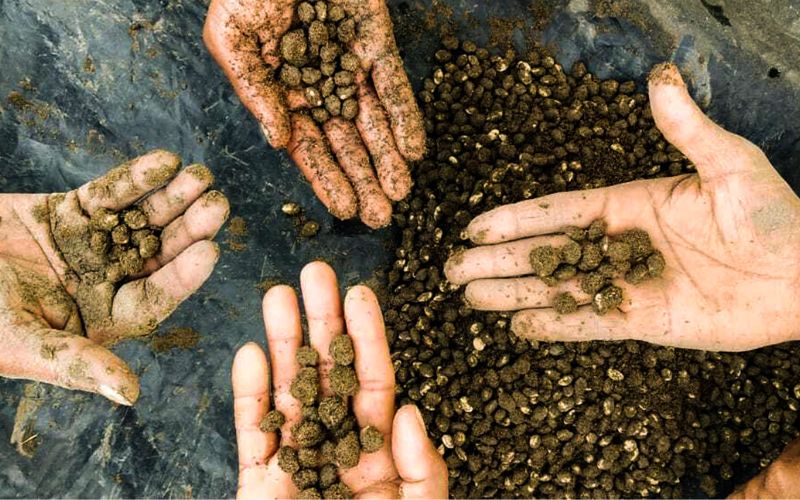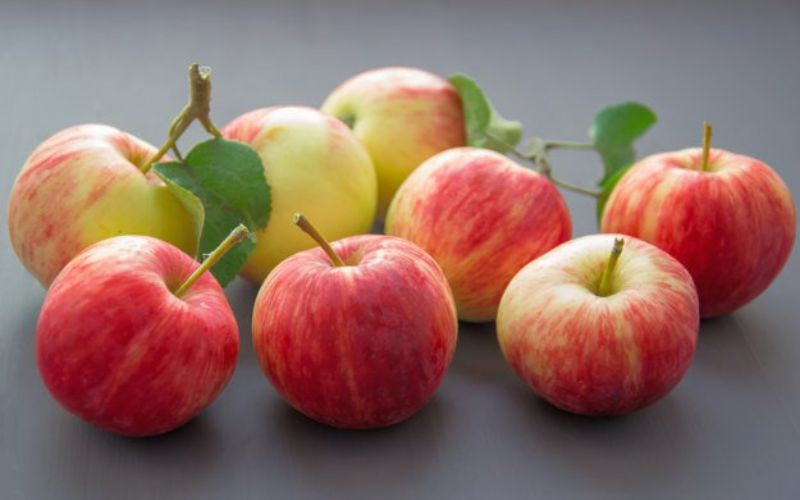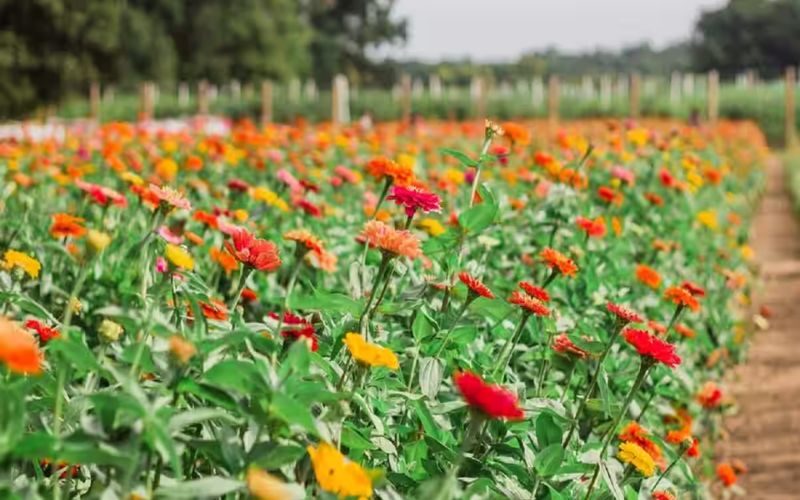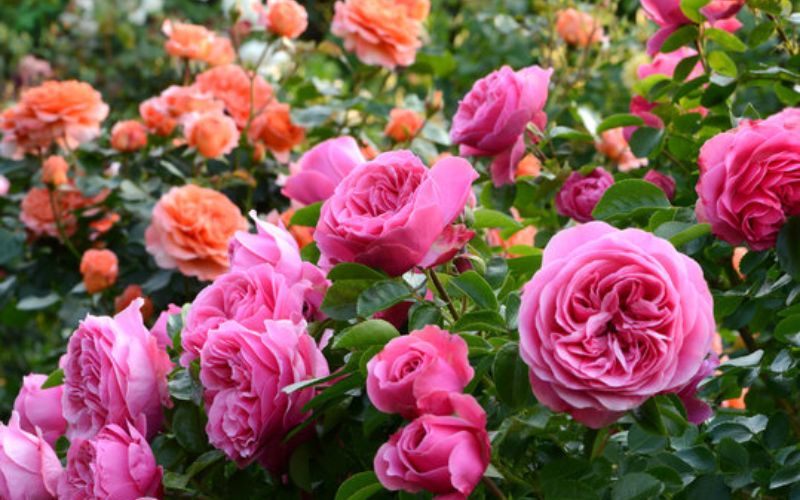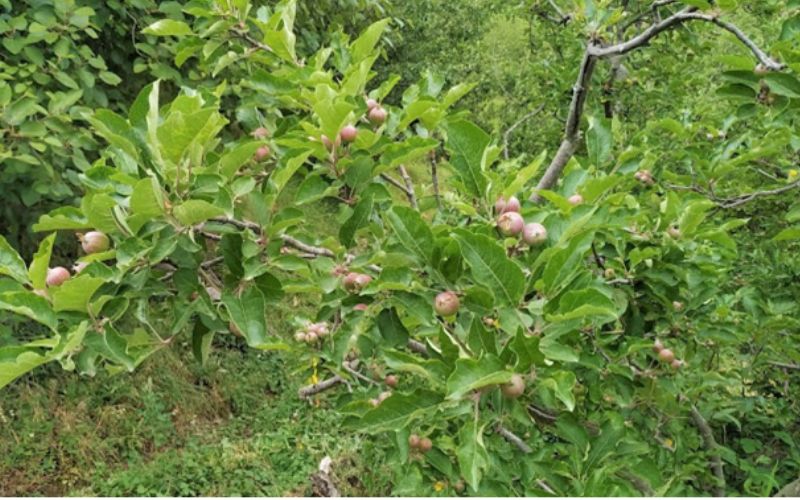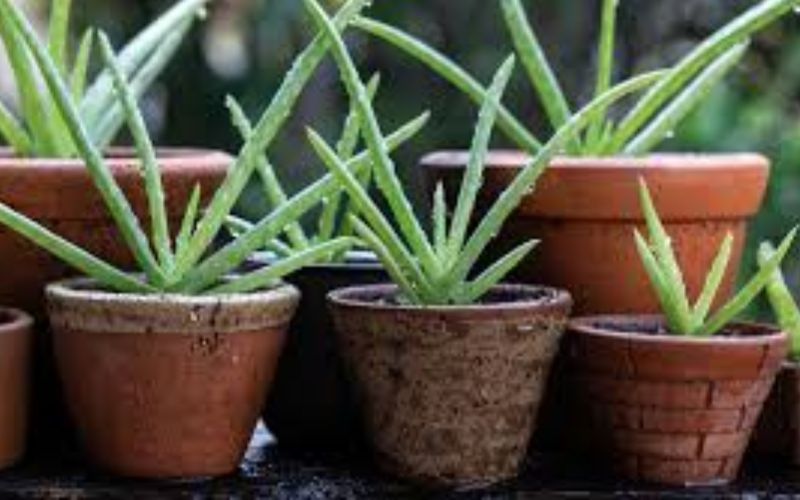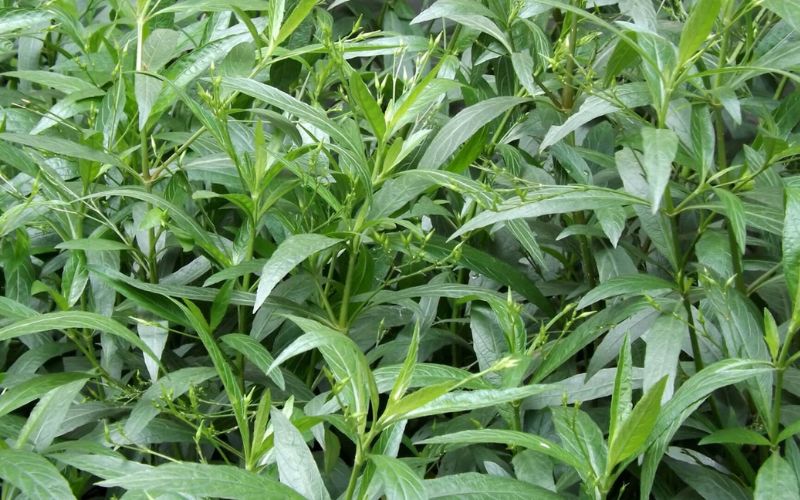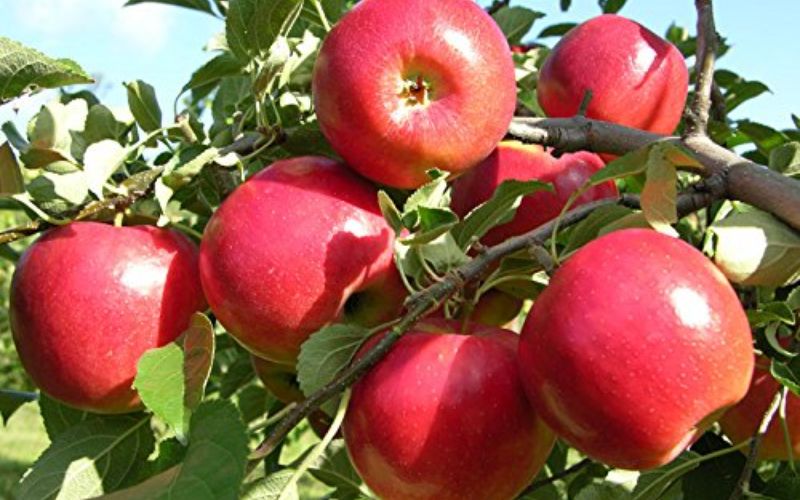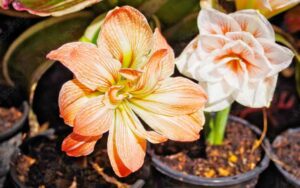All About Spider Lily
Dr. Sudha Patil.
Assistant Professor,
Department of Floriculture and Landscape Architecture
ASPEE College of Horticulture
Navsari Agricultural University, Navsari, Gujarat
Ms.Tejal Patel
Ph. D. Research Scholar
Department of Floriculture and Landscape Architecture
ASPEE College of Horticulture
Navsari Agricultural University, Navsari, Gujarat
Introduction
Spider lily (Hymenocallis littoralis) is also known as beach spider lily, a perennial bulbous flower plant which belongs to family Amaryllidaceae. It is a native of South Mexico or Central America. As the flowers of this plant resemble the claws of a spider, it is commonly known as spider lily. The generic name Hymenocallis is derived from the Greek word hymen meaning ‘membrane’ and kallos meaning ‘beauty’ (beautiful membrane), in reference to the membrane that unites and forms the staminal cup.
Importance
Owing to its importance and easy culture in tropical areas, it can be looked upon as a potential crop for diversification in the floriculture sector. It is popular among flower growers and flower lovers for its attractive white flowers and pleasant fragrance. It is used as a loose flower for the preparation of garlands, veni, gajra and for stage decoration in marriages and during various festivals or ceremonies. Spider lily plants are also used in landscaping as these plants are suitable for growing along swamps, water channels and pools, on the borders, along the paths, in the beds, in pots and for mass effects. Its shiny green long leaves are perfect for creating background for any flower bed. The only plant part used for wound healing is the bulb. Mixture of crushed bulbs and oil applied on face to treat blemishes and freckles. Throughout the history of H. littoralis, it was mentioned that several alkaloids had been discovered from its bulb. Lycorine, the first alkaloid was proven to have antiviral, antineoplastic and cytotoxic properties. H. littoralisis pharmacologically well-known plant. H. littoralis bulbs possess pancratistatin i.e., 20-24 mg/kg fresh weight, used for preparing anticancer drug together with lycorine, narciclasine, 7-deoxynarciclasinelittoraline, lignin and 13 other known alkaloids.
History and distribution
Hymenocallis spp. is native to warmer regions of the New World i.e., southern part of North America, southern United States (Florida, Georgia, Indiana, Louisiana, New Carolina, Texas, etc.) and Mexico to the Andes in South America. History of Hymenocallis spp. is very old and started from 1535 by Oviedo. In 1752, the species described and figured by D. Cristipher Jacob Threw as “Pancratium foliisensiformisbus, spatha multiflora, floribus magniscandidisfragrantibus” which appears to be a H. littoralis (Jacq.) Salisb. Many species of Hymenocallis were recognized by this time but the work of Threw was not included in first edition of Linnaeus’s Species Plantanum (1753). Until 1812, all the species of “Spider lily” were included in Pancratium, but in that year, Richard A. Salisbury segregated them as a distinct genus for which he proposed the name Hymenocallis. After the publication of Herbert’s Amryllidaceae, in 1837, the genus Hymenocallis became accepted and universally recognized.
On the Western coast of India, Gujarat has established itself as a major player in the floriculture sector with about 20497 hectares of land under flower crops and the state produces nearly 195856 MT of flowers. Although, spider lily is not yet regarded as a major loose flower crop of India, it has attained an enviable position in the loose flower basket of south Gujarat. In fact, spider lily is the most widely cultivated loose flower crop in Gujarat.

Botanical description
Taxonomical classification
Kingdom: Plantae- Plants
Subkingdom: Tracheobionta- Vascular plants
Superdivision: Spermatophyta- Seed plants
Division: Magnoliophyta- Flowering plants
Class: Liliopsida- Monocotyledons
Subclass: Liliidae
Order: Asparagales
Family: Amaryllidaceae
Subfamily: Amaryllioideae
Genus: Hymenocallis Salisb.
Species: Hymenocallis littoralis (Jacq.) Salisb.
Morphology and floral biology
Growth: Spider lily is herbaceous perennial bulbous plant growing upto height of 50-60cm.
Bulbs: Bulbs are fleshy and are made up of scales and leaf bases.
Stalk: Flat and thick stalk arises from bulb directly.
Foliage: Leaf arrangement is generally opposite but looks like whorled. It is lanceolate, venation is parallel and leaf type is simple. Its shape is linear with narrow or broad leaf blade of 30- 50 cm. It has entire smooth leaf margins with glossy medium texture but have no fragrance. Colour is dark green to light green. They are slightly folded along the midrib and have an acute leaf tip.
Flower: Buds remain green initially then turns whitish at maturity. Opened flowers are white in colour having pleasant fragrance and borne on a thick, flattened stalk. Length of unopened mature flower bud ranges from 15 to 20 cm. Flowers are composed of 6 petal-like, linear sepals, petals fused together in the shaped of a funnel, 6 long stamens with yellow anthers and 1 long stigma with a round tip. Flowers are bisexual and borne in group of 15-20. Flowering occurs throughout the year but suppress production in winter or when temperature goes below 20oC.
Fruit: Fruit type iscapsule ranges from 1.5-3.0 cm in length having greenish colour when immature and turns brown on maturity.
Species
Hymenocallis consists of 70 species distributed from the Southeastern United States to Northern South America and present in Mexico, Central America and the Caribbean Islands. Traub (1962) divided Hymenocallis species into 6 alliances based on their morphological characters viz., speciosa, mexicana, carinbeae, littoralis, caroliniana and hynryae. According to this classification, alliance of littoralis have slightly lanceolate leaves which are usually evergreen, with shortly joined perigonium segments to the stamina corona. Now it is distributed in Colombia, Eucador and India.
Varieties
There are no specific varieties available in spider lily. Generally, two types of spider lily are found viz., (1) narrow and dark green leaved which flower only in the rainy season and (2) broad and medium green leaved which flower round the year. Most of the farmers prefer the broad and medium green leaved type.
Genetics, Breeding and Improvement
Chromosomes
The chromosome number of this genus has been reported as 2n= 2x= 46 and 40, however, many aneuploid accessions have been reported. Lakshmi (1978) stated that sixty-four cells (91.4%) out of 70 studied from root tips showed 46 chromosomes of which 10 are metacentric, 14 submetacentric and 22 are acrocentric. All these were resolved into 11 basic types, some of the chromosome being duplicated 2, 3 or 4 times. There are no clear-cut size differences in chromosomes. But, in general, they can be graded as 4 long, 28 medium and 14 short chromosomes. Chromosome types 3, 5 and 8 bear satellites on short arms and chromosome type I bears secondary constrictions on long short meta and submetacentric chromosomes and the rest being medium sized chromosomes.
Breeding constraints
- No or less seed formation
- Only white colour is available
- No varieties are available in H. littorallis
- Unavailability of genetic variability is a major constraint in conventional breeding programme.
Breeding objectives
- To develop varieties with higher yield
- To develop varieties with change in flower colour, shape, size and structure
- To develop varieties having sturdy, thick and bold bud
- To develop varieties resistant to biotic and abiotic stress condition
- To develop varieties having longer shelf life of flower bud and higher fragrance
Agrotechnology
Soil and Climatic requirement
Well drained and fertile loamy to medium black soils with a pH of 6-7 are considered ideal for the production of quality flowers. It can also be grown in heavy black soil and many species even in muddy soils. As spider lily prefers a tropical climate and can survive in heavy rains, and therefore, South Gujarat is best suited for its production and emerging as major basket of spider lily in country. Low temperature (below 200C) and dry climatic conditions inhibit the growth and quality of flowers. The growth of the plants and flowering are optimum around 25-35oC day temperatures and 20-25oC night temperatures. However, flowering in Hymenocallis littoralisis not much affected till 45oC temperature as observed in Gujarat.
Propagation and Planting

Spider lily is commercially propagated by bulbs. Bulbs having 6-8 cm diameter are preferred generally. The planting material is collected from 7-8 years old plants. Each plant produces around 10-15 bulbs which are dug out and separated from each other. The bulbs can be planted immediately after the harvesting. Bulbs should be cleaned by removing adhered soil and then used for planting. Hymenocallis littorallis grows well in open and fullsunlight conditions. Soil should be weed-free andthoroughly ploughed. Hoeing should also be followed when soil is ready after watering. Furrows should be made for bulb planting at 90 x 30 cm spacing, i.e.,the line to line distance is 90 cm and the plant to plant distance is 30 cm. Bulbs can be planted at the depth of 7-10 cm. Approximately 37000 bulbs required for one hectare plantation. Planting can be done in any season but the best time of planting is May-June.
Moreover, little information was there about reproduction of spider lily through seeds which shows subsequential emergence of embryogenic roots followed by rapid formation of small rooted, leafless bulbils. After a year they will be converted into bulbs. Micropropagation of spider lily has also been described by Backhaus et al. (1992) where they used bulb scales as explants and successfully developed plantlets using different media at different stages of development.
Manures and Fertilizers
Based on fertilizer trials conducted by Navsari Agricultural University, Navsari, forfarmers growing spider lily in South Gujarat is application of 20 t FYM + 300 kg nitrogen + 225 kg phosphorus + 200 kg potassium per hectare per year is recommended. Well decomposed FYM should be thoroughly mixed in the soil during the month of June. Full dose of phosphorus and potassium along with 1/4thdose of nitrogen should be applied in June during planting while remaining dose of nitrogen should be applied in three equal splits in September, December, and March.
Irrigation
Water requirement of this crop is very high but irrigation depends on the type of soil and environmental conditions. Generally, first irrigation is given immediately after the planting of bulbs. Subsequent irrigations are given at 4 and 7 days interval to maintain optimum soil moisture in summer and winter, respectively. Drip irrigation system can also be used for saving water. Spider lily can tolerate wet features in landscape and it requires more water.
Cultural operations

Earthing up is an important cultural practice done after a few days of bulb sprouting. Weed control at the initial stage of growth is an inevitable cultural practice in spider lily. Usually, it requires one or two hand weeding at this stage and thereafter weeding is done as and when required. Paraquat, a non-selective herbicide can be sprayed in path (non cropped area) but use of guard is very important otherwise it can damage the crop.
Leaves of spider lily are cut twice in a year (December and May) and are spread as mulch between the rows. This practice helps in retaining soil moisture, managing weeds and maintaining temperature in winter. Cutting the leaves by sickle is a time-consuming process and labour availability is also a major problem. Therefore, it would be wise to employ a power operated brush cutter machine for this purpose.
Intercropping
Due to the high water requirement of spider lily, some farmers have resorted to intercropping with paddy in the first year of planting. This, more or less compensates for the lower production in the planting year.
Harvesting and Post-harvest management
Harvesting of flower buds is a labour intensive and expensive practice. Mature unopened flower buds are harvested from stalk during morning or evening hours. Bundles of 50 flower buds are prepared by tying them with fibers of lily flower stalk or with rubber bands leaving 3-4 cm distance at both ends. Tied bundles are kept in wet jute bags for transportation. A study conducted by NAU, Navsari revealed that flower buds of spider lily could be kept for 10 days when wrapped in newspaper and for 15 days in tissue paper wrapping without any adverse effect on flower quality in cold storage at 2oC.
Yield
Spider lily is herbaceous perennial bulbous crop and gives economical production up to 8-10 years. Harvesting of flower buds is done early in the morning as it has a very short shelf life. Higher yield is realized in the summer season as compared to winter and monsoon seasons. A well managed spider lily field yields around 80 to 90 lakh buds per ha per year. Farmers sell 1000 buds (20 bundles of 50 buds) for about Rs.150-200 in big cities.
Marketing
Immediately after harvesting, flower buds are packed and dispatched to the destination owing to its short shelf life. Earlier marketing was a serious bottleneck but spider lily growers in South Gujarat have formed small clusters in villages for efficient marketing in big cities and this model is worth emulating in other areas. Nowadays, farmers of spider lily can sell their produce in cities like Surat, Vadodara, Ahmedabad and Mumbai where there is good demand for this flower. It won’t be an exaggeration to say that Gods and Goddesses in Mumbai await the arrival of spider lily from Navsari and Valsad districts of South Gujarat for their adornment.
Lifting and storage of bulbs
Spider lily is perennial in nature and able to give good production till 8-10 years. When production starts to decline or replantation is necessary due to overcrowding, then withheld irrigation after flowering. When leaves start yellowing and drying, the bulbs should be uplifted and separated. Remove adhering soil and keep them in shady place to dry.

Plant Protection
Spider lily is practically a pest and disease-free plant. However, red and white lily caterpillars (Polytela gloriosae) often infest this crop. The caterpillar feeds vigorously on the foliage as well as the flower buds causing a heavy damage to the crop. They can be controlled by spraying contact insecticides like triazophos or deltamethrin (0.03%). Aphids suck the cell sap from the foliage and petals of spiderlily. Spray of systemic insecticides like Dimethoate or Metasystox @ 2 ml/l can effectively control this pest.
Sometimes Cercospora leaf spot is caused by Cercospora amaryllis. Large reddish brown to dark brown spots develops on leaf surface and progress by formation of yellow haloes and thin papery centre. These further increase in size, infecting entire leaf and ultimately result into death of the leaves. This can be controlled by spray of Carbendazim @ 2ml/l of water.
Future Thrusts
It has a very short shelf life so work should be done on extending the shelf life of this crop. This, in turn would increase the acreage of this crop. It has a unique aroma which resembles vanilla, which can be utilized if extracted. The flowers are very fragrant and can serve as a source of essential oils. The fiber present in the stalk is very strong and in future there is a great possibility to exploit the stalk of this crop for fiber extraction. Anthers have a bright orange colour which can also be used for pigment extraction. Thus, there are endless possibilities that need to be explored to exploit it for commercialization.
Summary
Spider lily has carved out a name for itself in the loose flower markets of Gujarat and Maharashtra. It is a unique crop which offers dual benefits of crop diversification as well as value addition. Development of improved varieties in spider lily and extension of shelf life would go a long way in popularizing this crop among flower growing communities in coastal areas.


